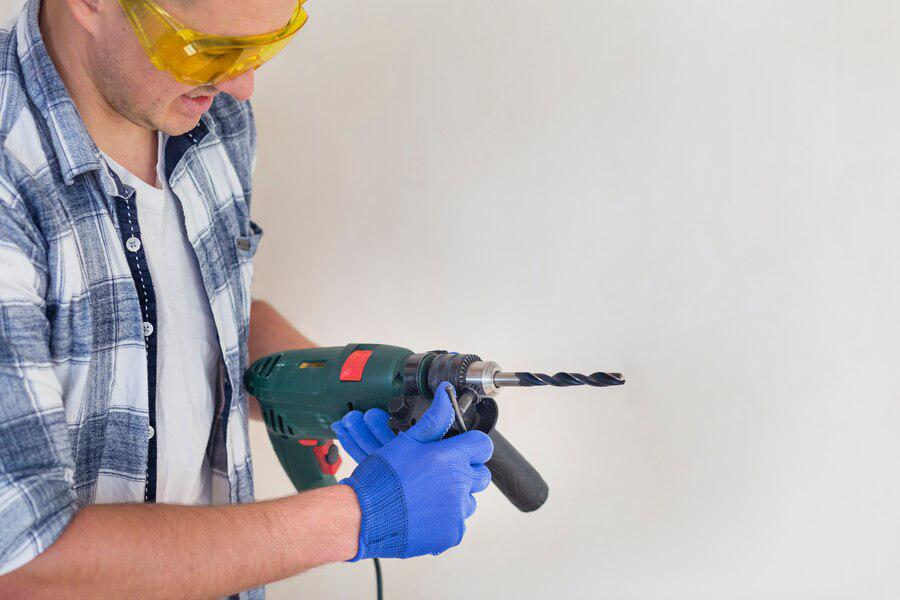Drill string conveys drilling fluid to the drill bit, imparting rotary motion and transferring weight on bit (WOB). It also carries other tools, such as jars and shock subs. The transition zone sits between the small OD and flexible Drill Pipe and large stiff Drill Collars. It is made of heavy drill pipe with threaded “tool joints” where each tubular segment has a male (“pin”) connection and a female (“box”) connection.
Drill Pipe
Most of the downhole pipe drilling Houston—between 90% and 95% of its length—comprises the drill pipe. It is a tubular section of steel with a pin tool joint welded on one end and a box tool joint welded on the other. Both ends of the drill pipe have a flat shoulder that mates with matching flat shoulders on another piece of equipment called the Kelly cock sub, which is used to protect the bottom threads of the Kelly from damage as the rig flexes back and forth during drilling. The Kelly cock sub also provides a crossover connection to connect drill pipe with items with different threads, such as mud motors and measurement while drilling (MWD) apparatus.
Drill Collars
Drill collars are heavy tubes below the drill pipe and above the bottom hole assembly (BHA) that provide additional weight-on-bit. They also help prevent buckling of the BHA.
They are fabricated of AISI 4140 or 4145 heat-treated steel and have threaded connections at each end, called tool joints, that screw together. The collars can be slick or spiral-grooved. Sometimes, a combination of slick and spiral collars accomplishes the same function. In these scenarios, a crossover sub mates the drill collars to the drill pipe. These are short, thick-walled pipes with a threaded pin-down and box-up.
Bottom Hole Assembly
The bottom hole assembly (BHA) comprises components below the drill pipe. Its objectives are to provide a sufficient force on the bit to penetrate formations, obtain operational data, and enable directional drilling.
The BHA components include:
- The drill collars.
- Shock absorbers.
- Stabilizers and jars.
- Heavy-weight drill pipes.
- Short “subs” that connect items with different thread forms.
The subs minimize doglegs and key seats that may form in the drill string during operation.
The BHA also includes a near-bit stabilizer to minimize the rate of angle build. Then, a selection of drill collars and heavy-weight drill pipe was used to build the angle.
Jars
The drill string’s jars are mechanical components that transfer an impact load to a different downhole instrument. Like a carpenter’s hammer, they store energy and then suddenly release it to the nail or board. These tools stretch a section of the drill string to build elastic potential energy. When the jar trips, the mass of the collars and pipe gains velocity and impacts against the anvil section of the jar. This jar-jarring action transmits the force to the bottom hole assembly and imparts a bit of weight on the rig’s drilling operations.
Avoid running the jar below reamers, stabilizers, and key-seat wipers, as they may restrict jar function. It is also important to only run the jar below the drill collars once the weight above it has been slacked off to recock it.
Shock Subs
Shock subs reduce vibration and shock loads in the drill collar string. They feature long integral elastomeric spring assemblies that absorb shock and vibration energy by compressing and relaxing. They are particularly effective when drilling through complex formations, broken formations, or intermittent soft and hard streaks. They help improve hole quality and straightness, increase ROP, and extend drill string component life. The shock sub-impact and vibration reduction tool does not need to be activated, as it constantly absorbs vibrations and shock loads. Additionally, the rotary shoulder connections are designed for a longer fatigue life. They can also be field repairable.
Kelly Cocking
During drilling an oil well, the drill string is subjected to tension, compression, vibration, torsion, and fluid pressure. It must also be capable of withstanding the weight of a heavy bottom hole assembly (BHA), which may consist of drill collars and different downhole tools. The drill string is hoisted and lowered by the draw works. This significant drum winds and unwinds the drill pipe while distributing power to rotate the drill string and make up and break out connections. It also can provide additional capacity to help lift or lower the BHA if necessary.
